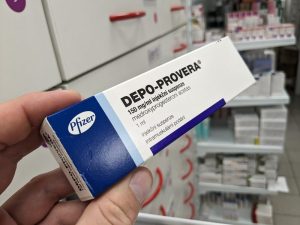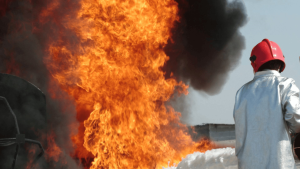Victims of childhood sexual abuse at MacLaren Hall in Los Angeles County may now be eligible to file civil lawsuits and pursue significant financial compensation. MacLaren Hall, once a county-run facility for children in crisis, has become the focus of widespread legal action after hundreds of former residents came forward with disturbing accounts of sexual abuse, neglect, and systemic mistreatment.
In response to over 6,000 claims of abuse across multiple juvenile institutions, Los Angeles County recently approved a landmark $4 billion sex abuse settlement, one of the largest payouts for institutional abuse in U.S. history. A large number of those claims stem from abuse at MacLaren Hall, which operated for decades with little oversight and became a symbol of institutional failure because of the horrors that occurred there.
Despite this historic settlement, survivors can still file new California detention center lawsuits. Our law firm is representing individuals who were abused at MacLaren Hall, and we continue to accept new cases for victims under 40 years old. The legal process remains open to survivors who have not yet come forward, including those who may have only recently begun to understand or confront the trauma they experienced.










